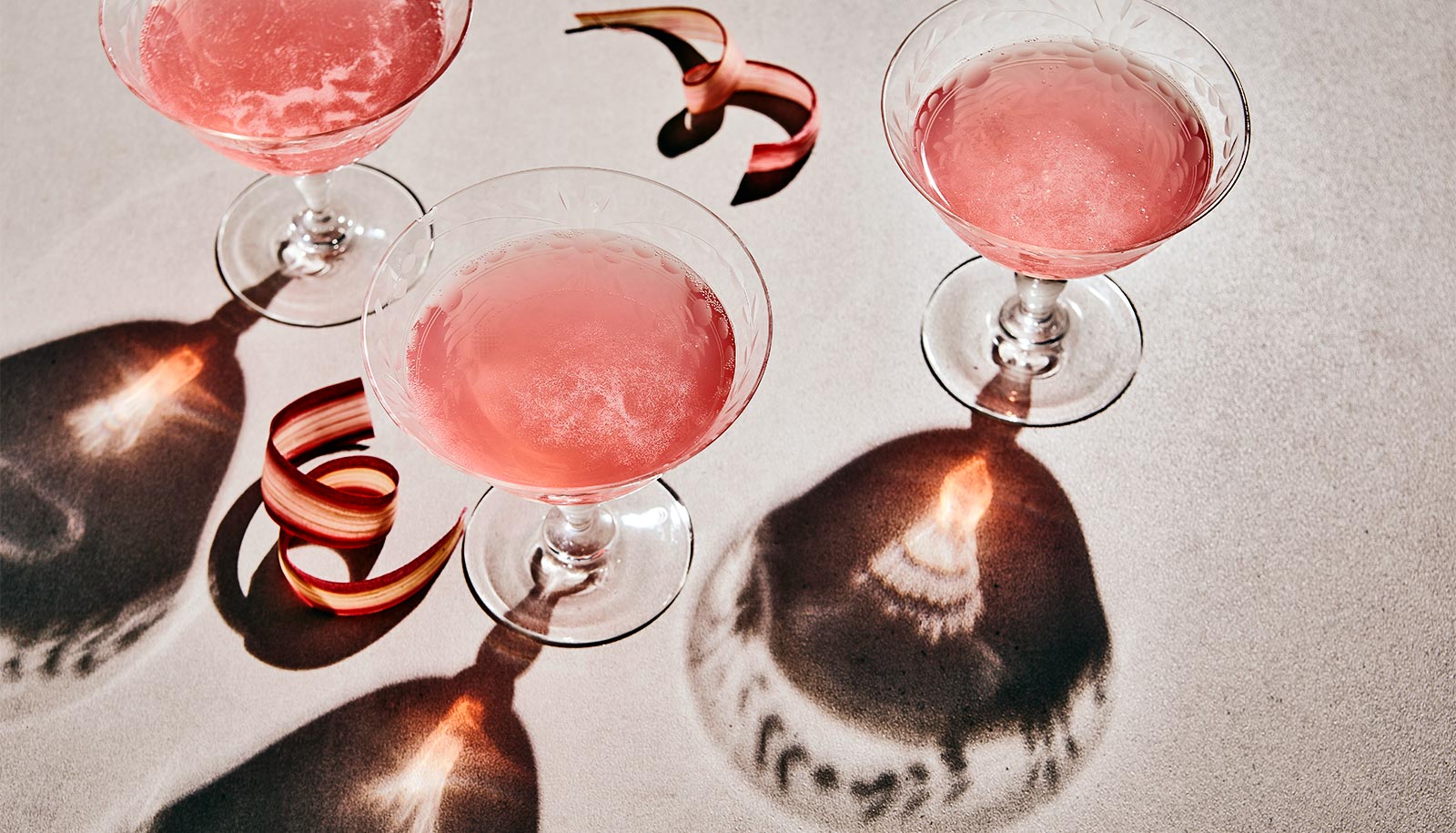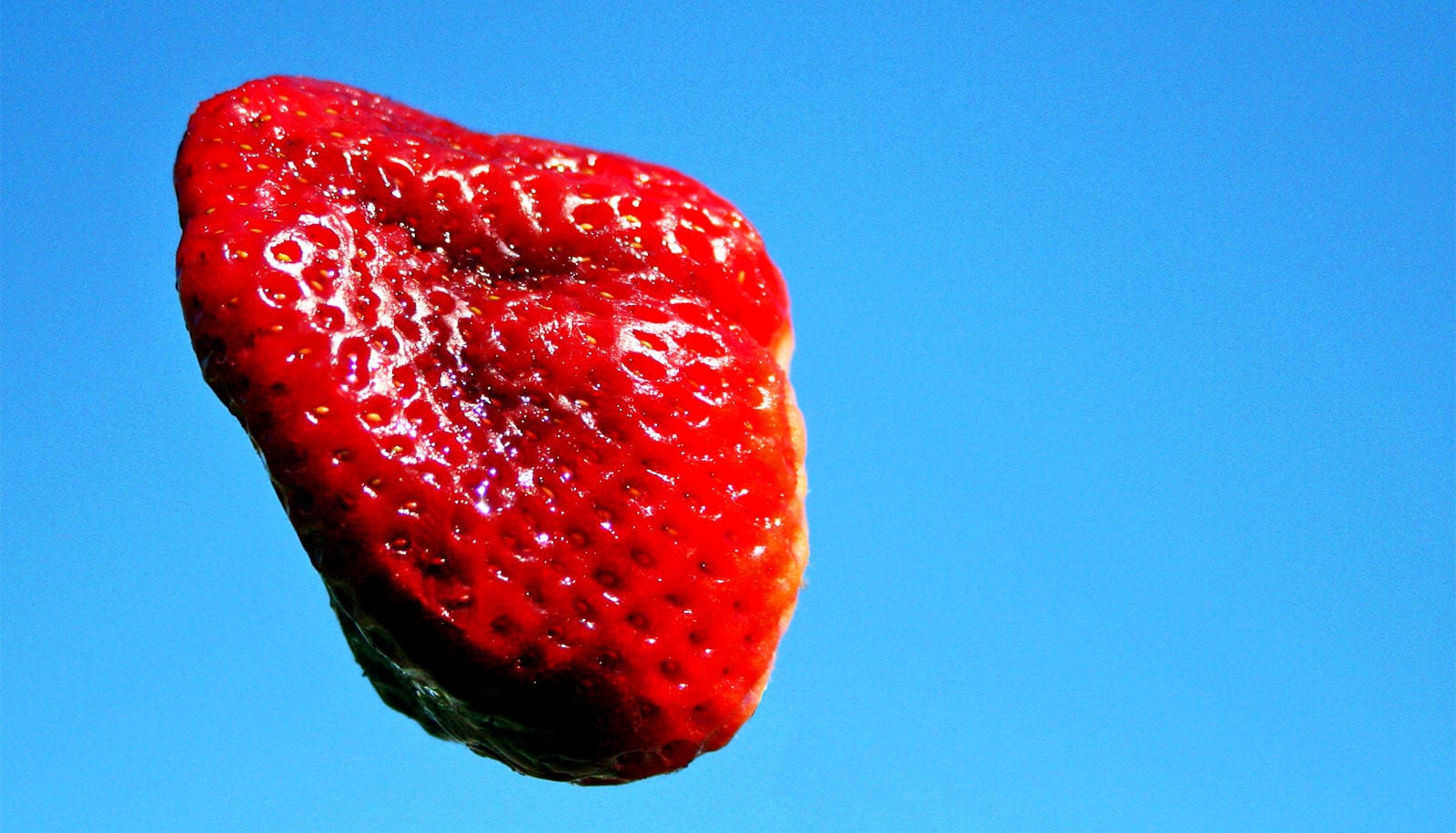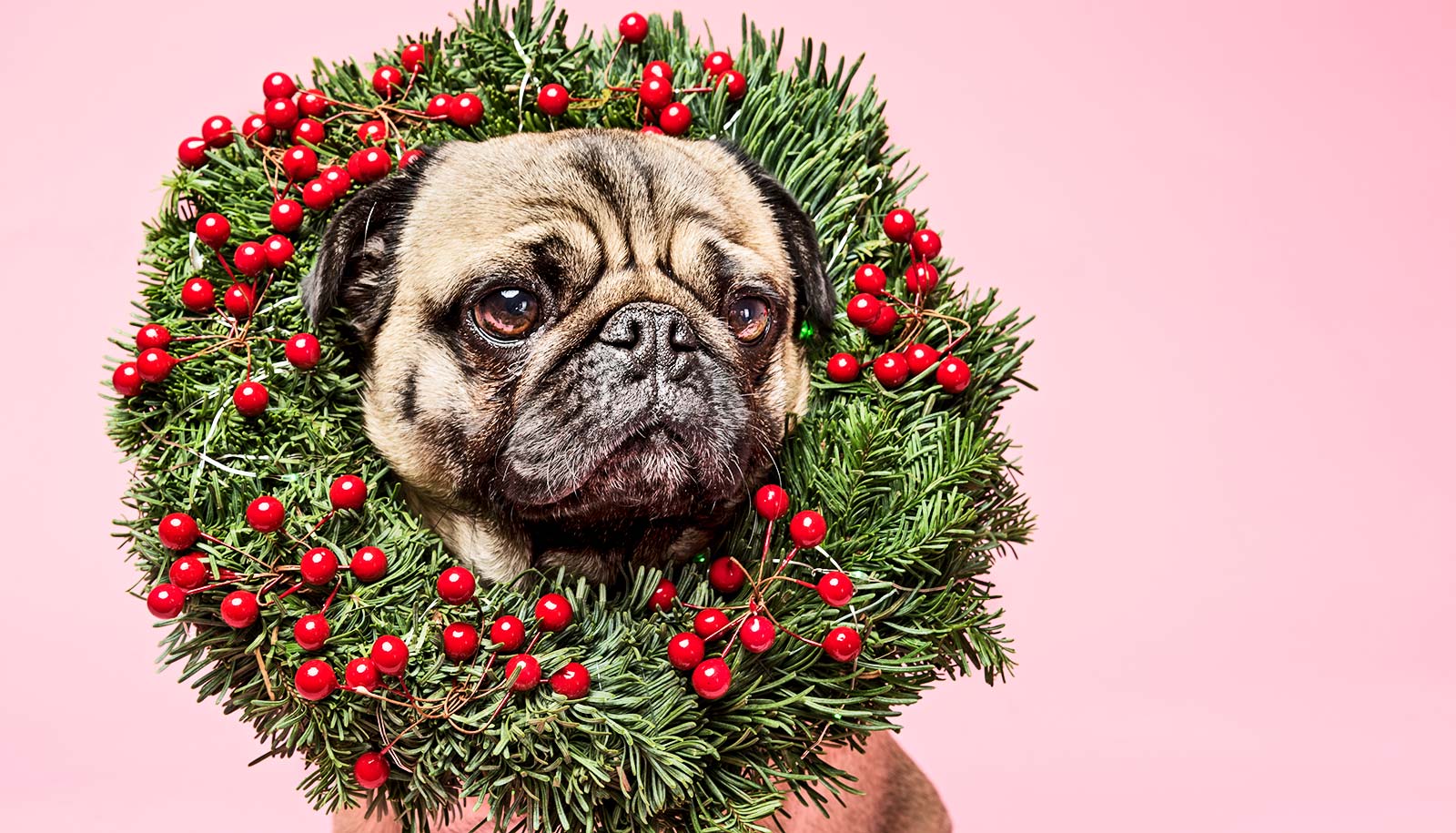
(Credit: Getty Images )
Check out these tips for Dry January
What is Dry January? If you're thinking of starting the year without alcohol, an expert has tips to make your month a success.
What is Dry January? If you’re thinking of going without alcohol for the first month of the new year, how can you set yourself up for success? An expert has some tips for you.
From cold water therapy to sleep syncing and everything in between, wellness is a trend that’s here to stay. And many people are becoming increasingly curious about a sober lifestyle to support their quest for improved well-being. In fact, 41% of drinkers in the US today says they choose low or nonalcoholic beverages for health and wellness reasons.
As such, nonalcoholic beverages are flooding the market. From imitation spirits to seltzers and near-beers , there are endless options to pique the interest of the most selective of beverage drinkers. Whether for health or financial reasons, Dry January—a monthlong challenge of not consuming alcohol to benefit from a clean start to the new year—continues to gain traction among many.
Adam Roy, food and beverage expert in Michigan State University’s Broad College of Business, has spent decades as a five-star chef and leader in the hospitality industry and is passionate about fermentation and nonalcoholic beverages.
Here, Roy explores what it takes to craft a delicious nonalcoholic beverage, provides tips for a successful Dry January, and more:
The post Check out these tips for Dry January appeared first on Futurity .
What does it take to craft a good nonalcoholic beverage?
To craft a good nonalcoholic beverage, you have to start with high-quality ingredients, which requires excellent sourcing. The goal is to retain the integrity of those ingredients because the dynamic flavorings are what enhance the product, replacing the taste and effects we experience from an alcoholic beverage.
Most high-quality nonalcoholic beverages are distilled and fermented (the same way alcoholic beverages are) before using osmosis to extract the alcohol. The key is to do this in such a way to keep the integrity of the product and flavors intact.
Why has the low and nonalcoholic beverage market taken off?
The market has taken off because people have a heightened awareness about health and wellness. With wearable and notification-bearing health technologies, such as the Apple Watch and the Fitbit, becoming part of everyday life, people are paying more attention to their health, and this awareness has spilled over into what they consume.
How have you seen companies capitalize on the rising popularity of nonalcoholic drinks?
Companies are capitalizing on the nonalcoholic beverage trend the same way food companies capitalized on the vegan meat trend. In that example, food companies targeted vegans, but meat eaters too. Now, nonalcoholic beverage companies are using the same strategy to reach a larger market. They are working to make their drinks familiar to people who consume alcoholic beverages to expand their market reach.
And like the vegan meat companies, nonalcoholic beverage prices are comparable with, if not more expensive than, alcoholic products, which means they face similar challenges in convincing consumers that the healthier option is worth more money.
What is Dry January? How did it originate? How has it evolved?
Dry January was created in 2013 by Alcohol Change (formerly known as Alcohol Concern), a charity in the United Kingdom, to promote weight loss and financial savings by avoiding too many nights out at the pub.
Now in its 11th year, Dry January continues to be a way for people to kick off the new year with a focus on health and well-being. It is not only a month to abstain from drinking alcoholic beverages but also a time to raise funds for causes related to excessive alcohol use, treatment and to help others cope with this challenge in life.
How do beverage companies tap in to the Dry January movement to reach existing and new customers?
The way that I see beverage companies tapping in to those markets during Dry January is to either produce something that’s familiar or to take a creative approach—it really depends on the target customer.
For example, if the beverage company wanted to target people who like to drink Manhattans, they might produce a nonalcoholic or zero-proof version of the Manhattan for Dry January.
On the other hand, if the company wants to target a customer who doesn’t necessarily have a favorite beverage or perhaps is less drink-savvy, they might embrace innovation and come up with a new, enticing nonalcoholic beverage for Dry January.
For someone thinking about going sober for Dry January, what are your tips for success?
Here are my tips for someone trying out Dry January:
If you choose to go out, research a bar or restaurant that has a creative drink menu with nonalcoholic options.
Pair good food with nonalcoholic beverages. Host your family and friends at your home and enjoy tasting different beverage combinations and seeing what food goes best with each drink.
Finally, for those who are a bit more adventurous, start fermenting your own nonalcoholic beverages like ginger beer, kombucha, tepache (made from the peel and rind of pineapples), kefir (a fermented milk similar to yogurt), or tibicos (water kefir). These are all great ways to drink flavorful beverages without feeling like you need alcohol.
Share this article:
This article uses material from the Futurity article, and is licenced under a CC BY-SA 4.0 International License. Images, videos and audio are available under their respective licenses.


